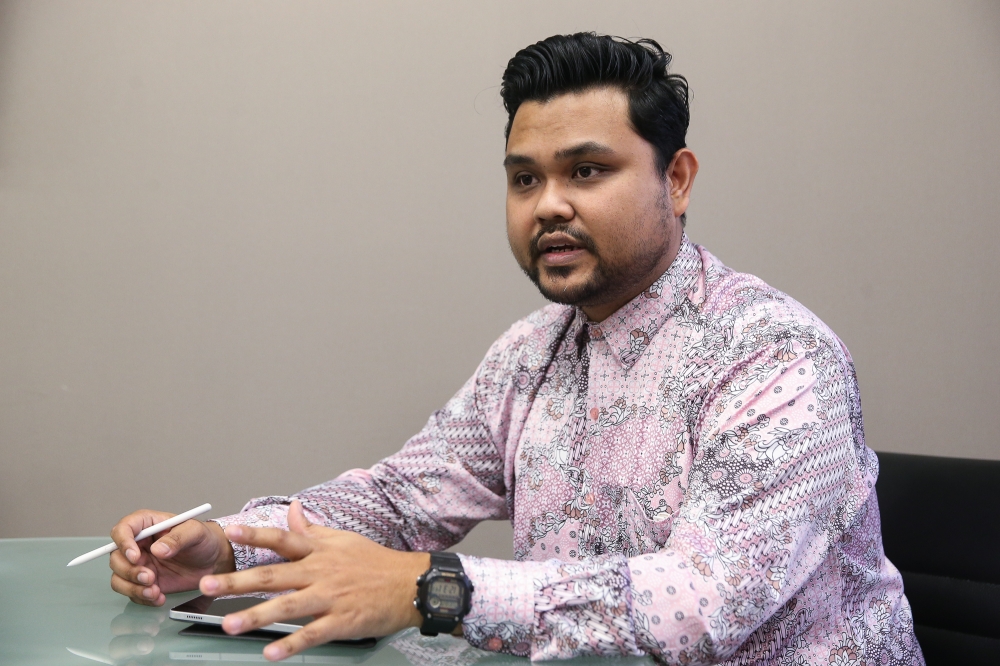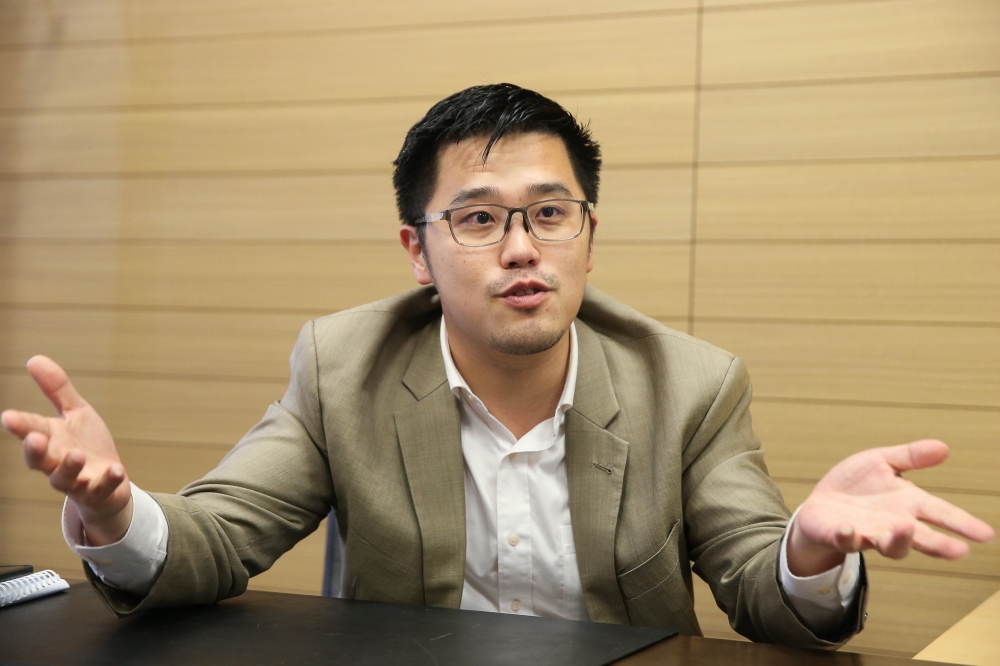- Haemophilia is a rare bleeding disorder affecting less than 0.01 per cent of Malaysians, requiring daily medical care and continuous vigilance to prevent complications.
- Patients like Shakir Aziz, the vice-president of the Hemophilia Society of Malaysia, face both physical and societal challenges, including a lack of public awareness and the stigma of invisible disabilities.
- Innovative, cost-effective treatments could ease the burden of frequent intravenous injections, but many haemophiliacs struggle with limited access to necessary medicines due to inconsistent supply in Malaysia.
- Greater public understanding and support are essential to improving life for haemophiliacs, allowing them to live safely and pursue fulfilling lives without stigma.
KUALA LUMPUR, Nov 4 — Growing up, Shakir Aziz said he was always told that he needed to avoid doing certain things to protect his health. All he knew was that he is different, these restrictions were limiting.
One time while playing football with his neighbourhood friends, he fell and hit his head on the goal post — which caused internal bleeding in his brain.
“I didn’t tell my parents immediately, thinking it was just a bruise, but eventually, I started feeling numbness and even had seizures due to the internal bleeding.
“After going to the hospital, they found it was a severe intracranial bleed, and I was admitted to intensive care. That experience made me realise how careful I needed to be,” the 32-year-old told Malay Mail in a recent interview.
Shakir is one of the around 1,400 haemophilia patients in the country — a rare and often misunderstood condition affecting less than 0.01 per cent of the population.
Alongside the physical and emotional struggles, haemophiliacs typically face a pervasive lack of public awareness, which only adds to their burdens.

Understanding an invisible illness
Haemophilia is a rare condition where a person’s blood does not clot properly. This means that if they get injured, they can bleed for a longer time because their body doesn’t stop the bleeding as quickly as it should.
This can also cause bleeding inside the body, especially in the joints, which can be painful and lead to other health issues. If untreated, it can lead to joint damage and permanent disability.
Shakir, now the vice-president of the haemophilia Society of Malaysia (HSM), explained that haemophilia is often invisible to the untrained eye and leads to misunderstandings.
People diagnosed with haemophilia face the silent progression of joint deterioration. Every time they sustain an injury in the joint, it makes the joint to “age” and wear faster than those of the average person, leading to mobility issues and chronic pain early in life.
Facing judgmental remarks from some in the public has led Shakir to sometimes just leaving his crutch behind, since deep down he does not wish to look different from others.
“I try to say, what if today I’m not feeling that painful, I just leave my crutch off, I leave my cane in the car or in my office, I will not use it,” he related.
Ipoh Timur MP Howard Lee Chuan How, one of the lawmakers championing the issue, said efforts are being put into raising public awareness, so the public understand that patients are not looking for any special treatment.
“We’re trying to engage with the Ministry of Communications to consider public service announcements to raise awareness about haemophilia and other rare diseases.
“Maybe something catchy like the TV advert back when I was young, the ‘A-I-D-S, merbahaya’ that kind of stuff,” he said, referring to a song used by the government to spread public awareness on AIDS and Aedes in the 1990s.
Ray of hope in new treatment options
For haemophilia patients, preventive treatment, or prophylaxis, is crucial to maintain stable clotting levels and prevent bleeding episodes.
Traditional treatment usually involves regular injections of clotting factors, like Factor VIII or IX, depending on the type of haemophilia.
An innovative alternative now offers a subcutaneous injection lasting up to three weeks, providing a more convenient and cost-effective option, especially for children and those with vein-access issues.
Some patients, known as “inhibitors,” however develop resistance to standard treatments, requiring expensive, short-lasting drugs that need frequent administration.
Parents and caregivers often face additional challenges with intravenous injections, particularly when treating young children.
Shakir highlighted that new treatments could be explored for specific patient groups, such as infants and children, considering their cost-effectiveness.
Policies currently provide support, with RM25 million allocated for rare diseases this year, but advocates like Lee argue this funding is insufficient for the growing needs.
Ongoing shortages in Malaysia have led to patients needing frequent hospital visits, which disrupts work for parents and caregivers, raising concerns about the long-term impacts on patients’ health and quality of life.

Being open to live freely
Despite the challenges, Shakir finds solace in the haemophilia community, where he can openly share his experiences without fear of judgement.
The HSM’s support network has been crucial in providing resources, training, and empowerment programs, helping patients live fulfilling lives despite the condition.
“Living with haemophilia doesn’t mean we can’t have ambitions or live well. We just have to take different precautions and adapt. Some of us even go on hikes or adventures, but we do it in our own way.”
For Shakir and others in the haemophilia community, this shared understanding is empowering. It’s a reminder that they are not alone in their struggles, even if those struggles remain invisible to most.
To create a more inclusive society, Shakir encourages fellow haemophiliacs to share their stories openly.
“It’s about building public awareness and fostering a deeper understanding of haemophilia’s impact, not just in terms of pain and precautions, but in the strength it takes to live with the condition every day,” he said.
“People need to see that haemophilia doesn’t define us, it’s just one part of our lives. With the right support, we can lead fulfilling lives and contribute to society. We just need understanding, not pity.”



















